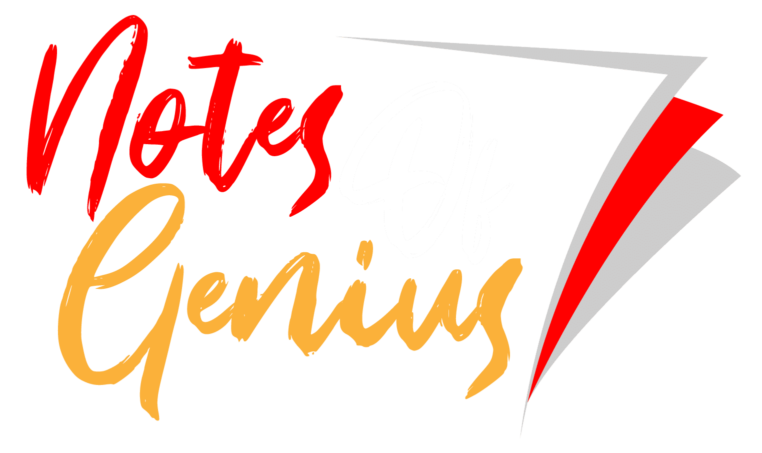Avatar is one of the blockbuster movies of 2009, which has written and directed by James Cameron, the ‘Titanic’ director. It’s mixed with Action, Adventure, Sci-Fi and Fantasy and the story has taken place in the year of 2154 on planet Pandora, a moon in the Alpha Centauri star system where humans are aliens. The name Avatar refers to the genetically engineered bodies used by the humans to interact with the Na’vi – the natives of the Pandora.
Development
The film Avatar had been in development since 1994 bye James Cameron, who wrote an 80-page script for the film in two weeks. Cameron has stated that “every single science fiction book I read as a kid”. He announced about filming the Avatar after completing the Titanic. From January to April 2006, Cameron worked on the script with Dr. Paul Former, who developed the Na’vi language and culture. The budget for the film is $237 million, with $150 million for promotion. Most of the live action scenes were shot in Wellington, New Zealand on sets constructed by a massive team of 150 contractors.
The Technology
Performance Capture
Cameron first introduced the motion capture technology in Total Recall, with the first CGI human movements. But this had some limitations, in particular the actor of the character being portrayed. Moreover, the actor’s expressions cannot capture with this technology. CGI is traditionally done by placing reflective markers all over an actor’s face and body, which are then interpreted by computer technology to create digitized expressions for CG characters. Cameron and his team developed a new image-based facial performance capture technology, requiring the actor to wear special headgear rig equipped with a camera, which is placed inches from their face to capture and digitalize every muscle contraction or expression.
Animation
The digital animations have done by the Weta Digital in New Zealand, which has owned by Peter Jackson. They’ve transferred basic renderings into photo-real images, using lighting, shading and rendering. The realism was extended to each leaf, tree, plant and rock, which were rendered in WETA computers. In addition, a team of artists designed the props and weapons for the Na’vi and humans. These digital designs have taken to complete over one year of time.
Stereoscopic 3D Fusion Camera
The production partner Vince Pace and James Cameron developed this camera system. This camera was used to bridge up the gaps between the scenes and artistically formed an untraceable connectivity between the live action and the computer-generated scenes.
Virtual Camera/Simul-Cam Technology
The combination of the Virtual Camera and the Simul-Cam gave the best features of the 3D and the CGI technologies for Avatar. The Virtual Camera simulated a camera that was fed CG images by supercomputer surrounding the volume. This allowed amplification of each small adjustment on the virtual production stage, from camera movement to actor interaction. The simul-cam fed, in integrated real-time, CG characters and environments into the live action Fusion 3D camera eyepiece, allowing the director to direct virtual scenes on Pandora the same way he would a live-action scene.
The Software Used In The Making Of Avatar
There are many companies and their software product has involved in the development of the film Avatar. The company list has given below.
- Industrial Light and Magic, USA (most of the character design, modeling and effects)
- Weta Digital, New Zealand (most of the character design, modeling and effects)
- Stan Winston Studios (most of the props, including the AMP suit)
- Framestore, UK (Sully’s arrival at Hell’s Gate and two other shots)
- Hybride, Canada
- Prime Focus, USA – Frantic Films is mentioned for the same thing but not officially credited – (design and compositing of the control room screens, HUDs, etc)
- Look Effects, USA (compositing)
- Hydraulx, USA
- Giant Studios, USA (motion capture)
- Blur, USA (space shots of ISV Venture Star)
- Pixel Liberation Front, USA (screens and HUD design)
- Lola VFX, USA (digital cosmetic)
The Main Software Used Has Given Below
- Autodesk Maya
- Pixar Renderman for Maya
- Autodesk SoftImage XSI
- Luxology Modo (model desing)
- Autodesk 3ds max (space shots, control room screens and HUD renderings)
- Autodesk MotionBuilder (for real time 3d visualisatons)
- The Foundry Nuke Compositor (image compositing)
- Autodesk Smoke (color correction)
- Autodesk Combustion (compositing)
- AVID (video editing)
- Adobe After Effects (compositing, real-time visualizations)
- PF Track (motion tracking, background replacement)
- Adobe Illustrator (HUD and screens layout)
- Adobe Photoshop (concept art, textures)
- Adobe Premiere (proofing, rough composition with AE)
- Many tools developed in-house
- Plug-ins for each platform
Avatar made a big revolution in the 3D and Sci-Fi films. Moreover, the film was a big success.
References
- (n.d). Retrieved on 2010, January from scriptphd.com: http://www.scriptphd.com/?p=1257
- (n.d). Retrieved on 2010, January from twin-pixels.com: http://www.twin-pixels.com/software-used-making-of-avatar/
- (n.d). Retrieved on 2010, January from scienceprog.com: http://www.scienceprog.com/technologies-used-in-avatar-movie/
- (n.d). Retrieved on 2010, January from twin-pixels.com: http://www.twin-pixels.com/wp-content/uploads/4054882656_1b4c62a3cb.jpg
